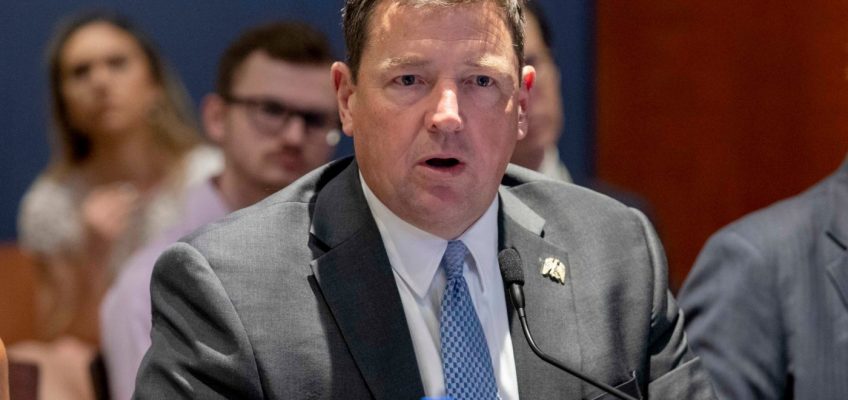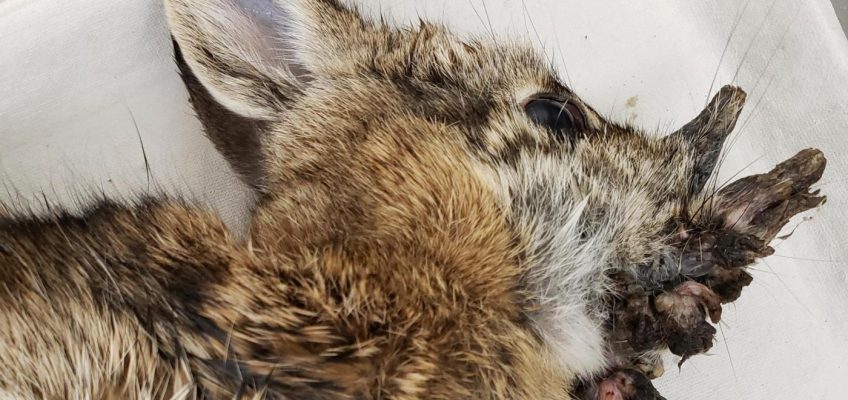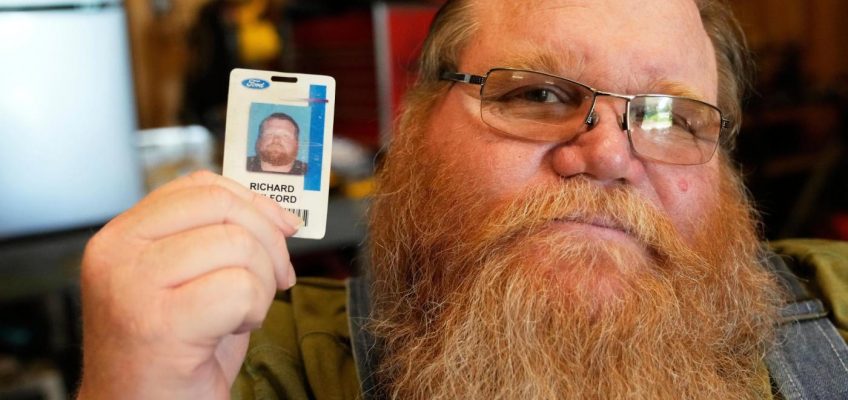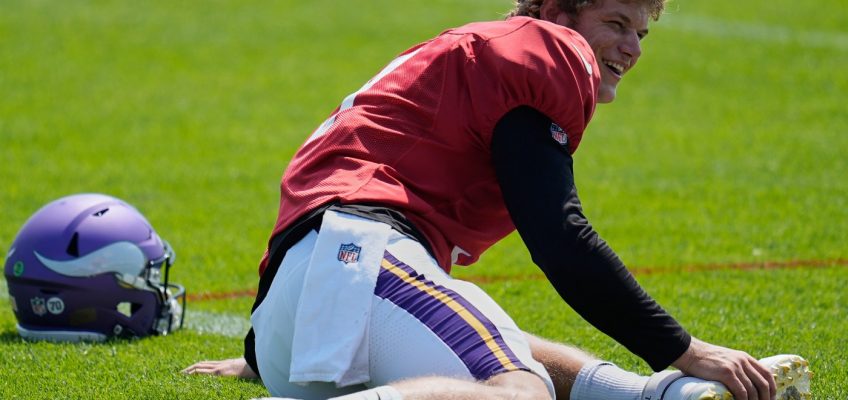By MICHAEL KUNZELMAN
WASHINGTON (AP) — A woman who spit on the top federal prosecutor for the nation’s capital during a videotaped interview pleaded guilty on Thursday to assault charges.
Related Articles
Inflation or jobs: Federal Reserve officials are divided over competing concerns
Judge strikes down key parts of Florida law that led to removal of books from school libraries
Orthodox Christians in Alaska pray for peace ahead of Trump-Putin summit
Judge strikes down Trump administration guidance against diversity programs at schools and colleges
Texas Democrats set plan to end nearly 2-week walkout over Republicans’ redraw of US House maps
Emily Gabriella Sommer, 32, of Washington, D.C., is scheduled to be sentenced on Oct. 10 for assaulting then-acting U.S. Attorney Ed Martin Jr. and two law-enforcement officers who arrested her several days after she spit on Martin. Sommer pleaded guilty to three counts of assaulting public officials, according to U.S. Attorney Jeanine Pirro’s office.
A trial for Sommer had been scheduled to start next Monday. Instead, U.S. District Judge Jia Cobb accepted Sommer’s guilty plea and will sentence her.
On May 8, a Newsmax reporter was interviewing Martin on a sidewalk outside his office when Sommer approached him.
“Are you Ed Martin? You are Ed Martin,” Sommer said before lunging at him and spitting on his left shoulder, according to prosecutors.
As she walked away, Sommer swore at Martin and called him “a disgusting man.”
“My name is Emily Gabriella Sommer, and you are served,” she said.
Sommer later took credit for the spitting incident in a message replying to a social media post by Martin.
The encounter occurred on the same day that President Donald Trump pulled Martin’s nomination to remain U.S. Attorney for the District of Columbia. Martin faced bipartisan opposition in the Senate after a turbulent stint in the nation’s largest U.S. Attorney’s office. A key Republican senator said he could not support Martin for the job due to his support for rioters who stormed the U.S. Capitol on Jan. 6, 2021.
Martin roiled the office with a series of unorthodox moves, such as firing and demoting subordinates who worked on politically sensitive cases. Trump replaced Martin with former Fox News host Jeanine Pirro, who was confirmed by the Senate on Aug. 2.
When U.S. Marshals Service deputies went to arrest Sommer at her apartment on May 22, she spit in a deputy’s face and kicked him, prosecutors said.
“How is that spit? Taste good? I was just getting over a cold sore. I hope I gave you herpes,” Sommer told the deputy, according to prosecutors.
Sommer also kicked a second deputy during her arrest and told another deputy, “I would put a bullet in you if I had it. I would put a bullet in every one of you right now,” prosecutors said.
During her initial court appearance in May, Sommer repeatedly disrupted the hearing with outbursts. Deputies picked her up and carried her out of the courtroom after one of her interruptions prompted a magistrate to suspend the hearing. Sommer later apologized to the magistrate for her courtroom conduct.




